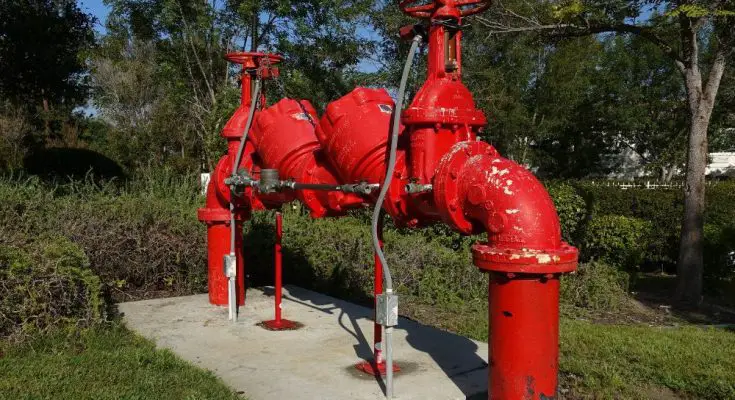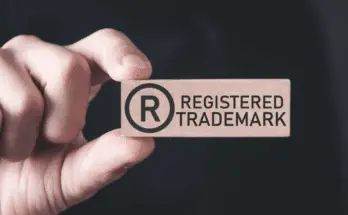Backflow is a sewage issue that often follows a water main rupture. The negative pressure produced creates a vacuum that sucks water backward. The unfortunate effect of backflow is that it introduces contaminated water into public potable water supplies.
To ensure better protection for surrounding communities, individuals and businesses must install backflow prevention equipment on all cross-connections between private and public water systems. And as a building/facility owner, conducting regular backflow preventer testing is highly essential for you, especially concerning public and environmental safety.
Why Conduct Regular Inspections and Maintenance?
There are many misconceptions surrounding backflow prevention, one of which is the belief that these devices function perfectly all the time. In reality, as with many other mechanical devices, backflow preventers do require regular inspections and repairs.
Seeing as backflow contamination can impact the health and safety of entire communities, it’s the responsibility of building owners to know the conditions of their protective equipment. During these inspections, professionals identify potential problems or damages to the backflow prevention device and determine the most effective solutions.
How Often Should You Test?
Building and facility owners should hire backflow prevention testing services every year. In most areas, this annual inspection is a legal requirement, regardless of whether the device is a double-valve, pressure vacuum breaker, or reduced pressure zone assembly.
Testers will check your backflow preventer’s components for wear and tear, such as rubber seals and gate mechanisms. In some instances, worn-down equipment doesn’t warrant immediate repairs. By testing annually, you can stay on top of aging components and make timely adjustments to avoid a backflow incident better.
Backflow Problems and Fallout
Aside from the risks that backflow contamination poses to the general public, there are other issues that poorly-maintained backflow prevention equipment can cause a building or facility owner. For one, under-tested equipment dramatically lowers property value. While buildings with faulty backflow prevention devices do sell, buyers are less motivated to make quality offers for them.
Additionally, the costs of rectifying a backflow incident are much higher than hiring testers. Lastly, businesses may face unnecessary fines from local governments due to backflow problems. Overall, regular testing is highly cost-effective for buildings.
We can’t understate the importance of regular backflow preventer testing. If you’re a building or facility owner, the responsibility of maintaining functional backflow prevention equipment is paramount to public safety. Ensure you receive annual inspections from a reputable plumbing business.



